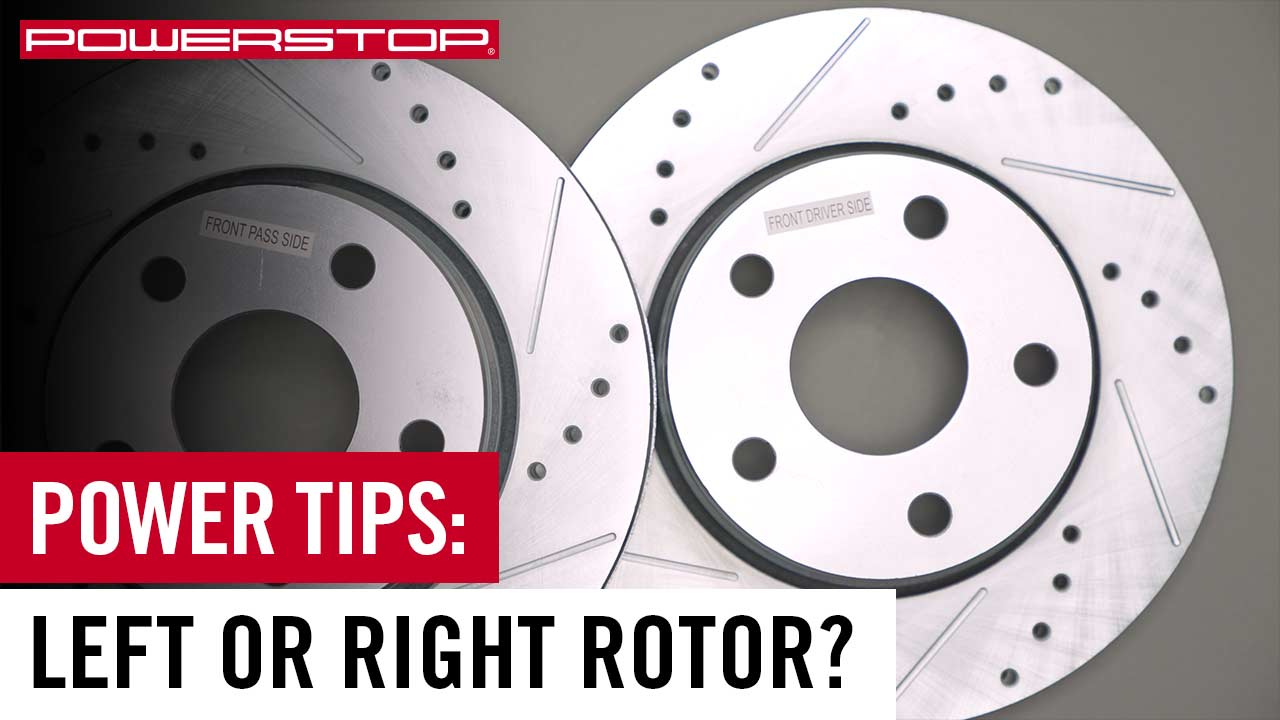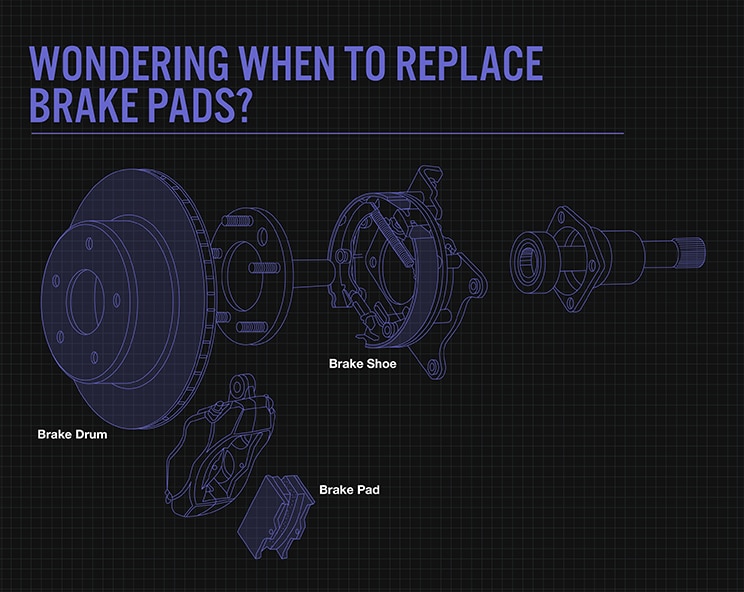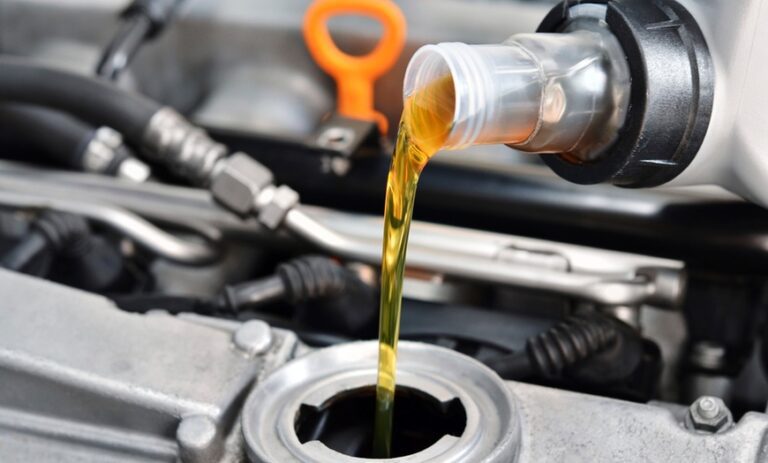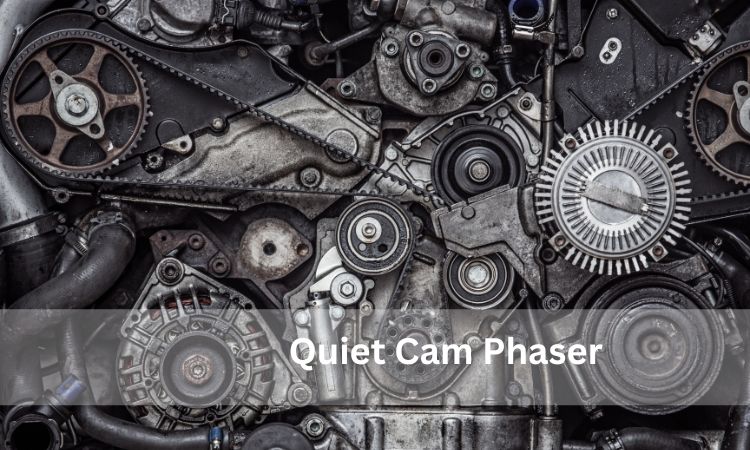How to Tell If You Need Front Or Back Brakes
To determine if you need front or back brakes, listen for squeaking sounds and inspect brake pad wear. Front brakes typically wear out faster than rear brakes due to heavier use.
Additionally, if your vehicle pulls to one side when braking, it may indicate uneven brake wear, usually on the front brakes. Pay attention to any vibrations or pulsating sensations when applying the brakes, which could signal issues with the rear brakes.
Regularly checking your brake pads and conducting routine maintenance can help you identify whether your front or back brakes need attention before more serious problems arise. Prioritizing brake safety is crucial for maintaining your vehicle’s optimal performance and ensuring your safety on the road.

Credit: www.powerstop.com
Understanding Brake System
The Front and Back Brakes of a vehicle play a crucial role in ensuring safety and control on the road. Understanding the differences between front and rear brakes is essential in maintaining a well-functioning braking system.
The braking system is one of the most critical components of a vehicle, as it is responsible for slowing down or stopping the vehicle when needed. Regular inspection and maintenance of the brake system are essential for safe driving.
Signs Of Brake Problems
If you’re experiencing signs of brake problems, it’s important to determine whether you need front or back brakes. Look out for symptoms like squeaking or grinding noises, vibrations while braking, or reduced braking power.
Squealing Or Grinding Noise
Strange noises like squealing or grinding when you apply brakes can indicate worn out brake pads or rotors.
Vibrations Or Pulsating Brake Pedal
Feeling vibrations or pulsations through the brake pedal suggest potential warped brake rotors.
Delayed Brake Response
Noticing a delay in braking, could be a sign of worn brake pads or fluid.
Pulling To One Side
Vehicle pulling to one side when braking could indicate uneven brake pad wear or caliper issues.
Brake Warning Light
Illumination of the brake warning light may signal brake system problems and needs immediate attention.
Identifying Front Brake Issues
Uneven Brake Pad Wear
Inspect your front brake pads for uneven wear to determine if there are issues with your front brakes.
Steering Wheel Vibrations
Notice vibrations in the steering wheel when braking? It might indicate issues with your front brakes.
Vehicle Nose Dives
Does your vehicle nose dive excessively when braking? This could be a sign of front brake problems.

Credit: www.bridgestonetire.com
Detecting Back Brake Issues
When it comes to your car’s braking system, detecting issues with the back brakes is crucial for maintaining safety on the road. Keeping an eye out for signs of back brake problems can help you address potential issues before they worsen, ensuring your vehicle remains in optimal condition.
Spongy Brake Pedal
If you notice that your brake pedal feels spongy when you press down on it, this could indicate an issue with your back brakes. When the pedal has a soft or mushy feel and requires more effort to bring the car to a stop, it may be a sign of air or moisture in the brake fluid or worn brake pads in the back of the vehicle.
Car Takes Longer To Stop
Another telltale sign of back brake issues is when your car takes longer to come to a stop than it usually does. This extended stopping distance can be caused by worn or damaged rear brake components, such as pads, rotors, or calipers. If you find yourself needing more space to come to a complete stop, it’s imperative to have your back brakes inspected.
Consulting A Professional
When you’re unsure about your car’s brakes, consulting a professional can provide clarity. Professional inspection can determine whether your vehicle needs front or back brakes, ensuring safety and optimal performance. It’s essential to seek expert advice to address any potential braking issues promptly.
Diagnosing Brake Problems
When it comes to your vehicle’s braking system, it is essential to stay vigilant for any signs of trouble. Your safety on the road depends on it. However, diagnosing brake problems can be challenging, especially if you don’t have the technical expertise. That’s where consulting a professional becomes crucial. Professional mechanics have the knowledge and experience to accurately assess and diagnose brake issues. They have access to specialized equipment that can detect even the smallest malfunction. If you notice any warning signs or suspect that your brakes are not performing optimally, it’s best to consult a professional for a thorough inspection.Determining Front Or Back Brake Issues
Identifying whether your vehicle’s front or back brakes are the source of the problem can help the mechanic pinpoint the issue more efficiently. While some signs might indicate issues with either set of brakes, there are specific symptoms that can indicate whether the front or back brakes need attention. Here are some common signs to help you determine the location of the brake problem:Front Brake Issues:
- Vehicle pulls to one side when applying brakes.
- Steering wheel vibration when braking.
- Squealing or screeching noise when braking.
Back Brake Issues:
- Noticeable decrease in braking power.
- Vehicle sways or feels unstable when braking.
- Burning smell when brakes are applied.
Recommendations For Brake Repair
Depending on the diagnosis, the mechanic might recommend various brake repairs or replacement parts. Some common brake repairs include:- Brake pad replacement: This is one of the most common brake repairs and usually necessary when the brake pads become worn or damaged.
- Rotor resurfacing or replacement: If the rotors are warped, they might need resurfacing or replacement to ensure smooth braking.
- Brake fluid flush: Over time, brake fluid can become contaminated, leading to reduced braking performance. A brake fluid flush can restore proper functionality.
- Brake line repair: Damaged or leaking brake lines can compromise your vehicle’s braking system. Repairing or replacing them might be necessary.

Credit: www.autoandfleetmechanic.com
Frequently Asked Questions For How To Tell If You Need Front Or Back Brakes
How Do I Know If My Rear Brakes Are Bad?
Signs of bad rear brakes include squealing sounds, vibrations, longer stopping distances, or a spongy brake pedal. Additionally, if you notice uneven wear on the brake pads or a burning smell, it is advisable to get them checked by a professional mechanic.
Do I Need To Replace My Front Or Rear Brakes?
Determine if your front or rear brakes need replacing based on wear and performance inspection.
How Do I Know If My Front Or Back Rotors Are Bad?
You can tell if your front or back rotors are bad by looking for vibration or pulsating when braking, hearing squealing or grinding noises, or noticing uneven wear on the brake pads. Additionally, a visual inspection can reveal signs of damage such as deep grooves or discoloration.
Regular maintenance is key.
How Do I Know If I Need Back Brake Pads?
You can determine if you need back brake pads by checking for the following signs: reduced braking efficiency, squeaking or grinding noises when braking, longer stopping distances, vibration or pulsation in the brake pedal, or a warning light on your dashboard.
Regular inspections and maintenance are key to ensuring your safety on the road.
How Do I Know If I Need Front Or Back Brakes?
If you’re experiencing vibrations or pulling to one side when braking, it’s likely your front brakes need attention. Noise or pulsation indicates issues with the back brakes.
What Are The Signs Of Worn-out Front Brakes?
Squeaking or grinding noises, reduced braking power, and longer stopping distances are common signs that your front brakes are worn-out and in need of replacement.
How Can I Tell If My Back Brakes Need Replacement?
If you feel your vehicle pulling to one side when braking, or if you hear a grinding noise, it’s time to check your back brakes for possible replacement.
Conclusion
In order to ensure your safety on the road, it’s crucial to know how to determine if your vehicle needs front or back brakes. By understanding the signs and symptoms of brake wear, you can address any issues promptly and maintain optimal performance.
Being proactive in identifying brake problems can prevent more severe and costly repairs down the line. Keep these indicators in mind and stay proactive when it comes to your vehicle’s maintenance.



